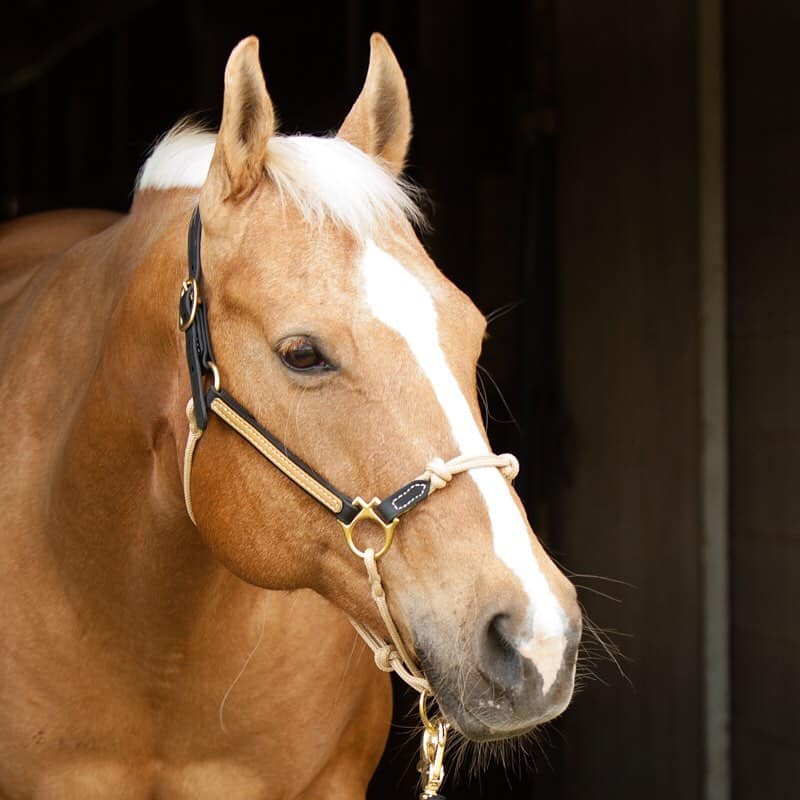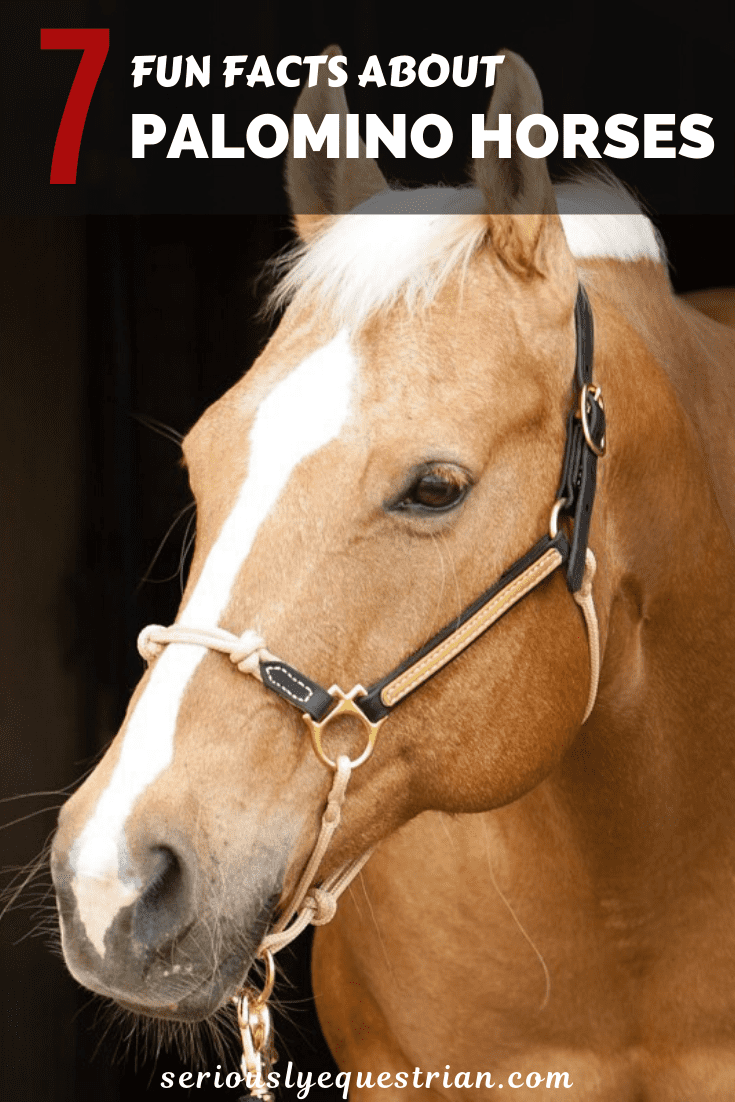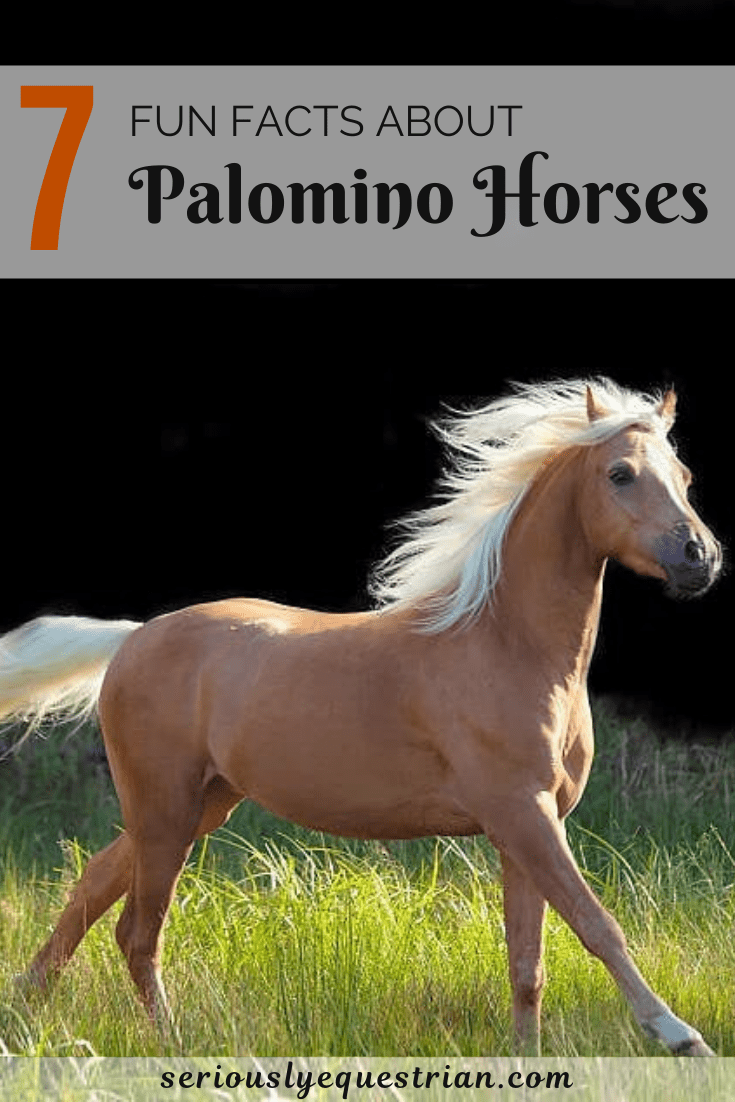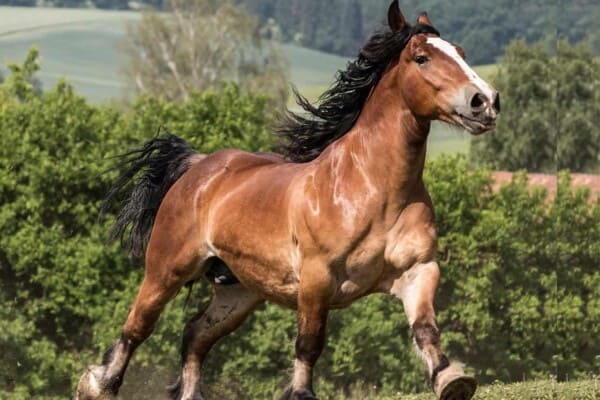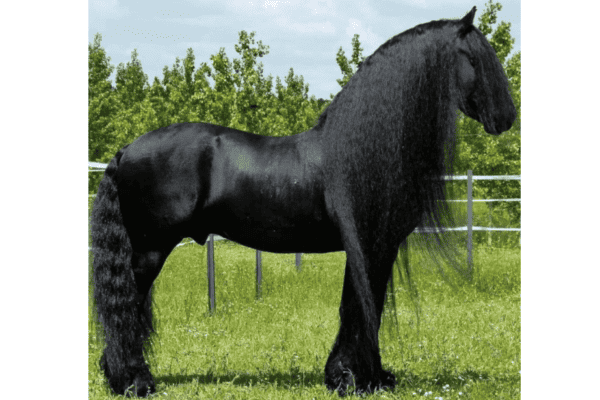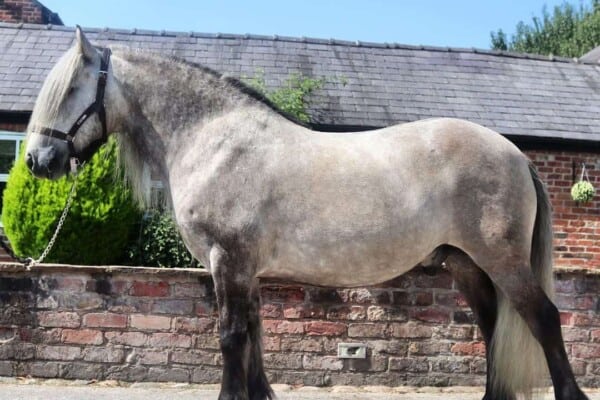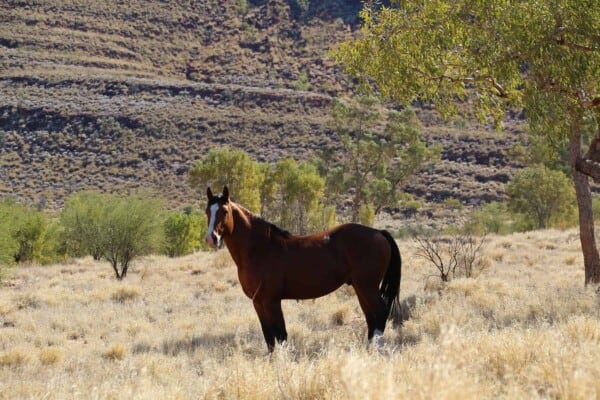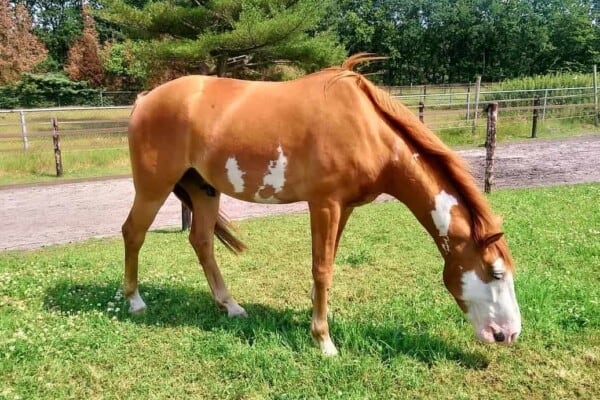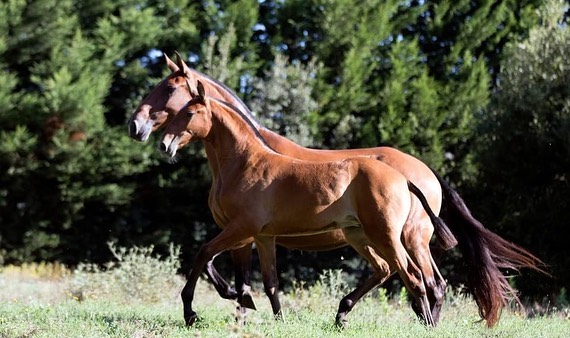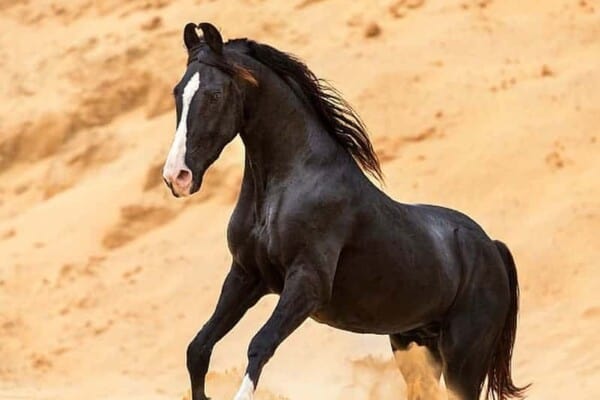Today we don’t think too much about riding horses around or having them around to help up with arduous tasks, they really made a huge difference in our past, becoming a staple of our history and culture without us even realizing it.
Because of this we’ve actually spent the better side of the past couple of hundred of years by now trying to perfect the horse’s genes to create the best companion we could ever have.
Whether we achieved this or not, it’s all up for debate right now, but what we can safely say is that we’ve created some incredible breeds that are just downright incredible to say the least.
So, in this short guide we decided to cover everything you need to know about one of our favorite horse types out there.
We’re talking about none other than the Palomino horse, and if you’re interested in owning one for yourself or if you just want to get to know more about this wondrous four-legged friend keep on reading, because we’ve got it all waiting for you just around the corner.
So, let’s just start off with a little bit of a history lesson on why this is such a significant horse for us in the first place:
The History of the Palomino Horse
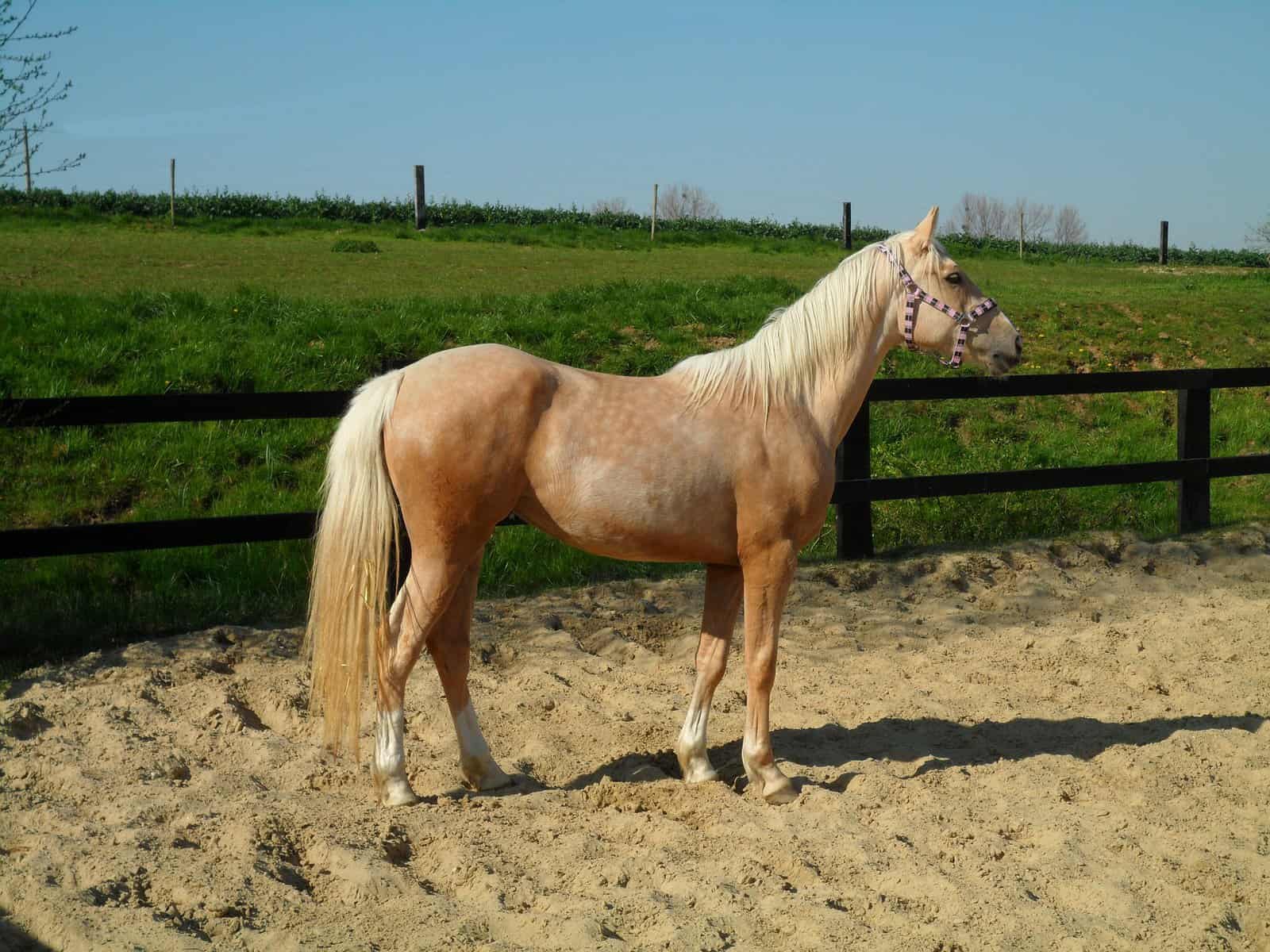
While we do agree that the overall look of the Palomino horse is definitely special to say the least, its history is nothing to be frowned over either. Some experts would even vouch for the fact that this horse may have been amongst the first that we’ve ever come across too.
Others would beg to differ though, claiming that the golden coat that they sport may very well be an indicator of the fact that this horse must have been developed somewhere in a desert, so the animal can better fit in with the environment.
While the second theory is definitely more applicable and realistic, let’s just say that this could also be an indicator of the fact that this horse breed may have adapted to its surroundings on its own, meaning that the first theory could still be viable.
Not only does a lighter coat make the horse not stand out anywhere near as much as it would in a desert area with a darker shade, but it also reflects the sun rays and it also absorbs a lot less heat, making this a very good evolutionary trait to pick up on if the horse were to live in a desert area.

So, if this theory is correct, then this would mean that the Palomino horse must have originated from somewhere in the desert, and over the decades it must have made its way all across the globe.
While this is all find and good, no one knows for sure whether this is true or not since there are no actual researchers that back up these claims to begin with. It’s all speculations for now, although there is a little bit of extra information that we need to keep in mind here.
We know that the Palomino horses were very popular in Rome, China, Mongolia, Persia, Japan and Greece. This is due to the fact that they were often times showcased in both literature and art.
So, no matter where exactly they may originate from or if we’ve had anything to do with their inception, we can safely say that they’ve been around for a very long time now and they’ve always been right next to us, helping us along our journey.
The Coat Color Genetics

This specific horse is known as a color breed due to its yellow or downright golden coat, with a very interesting white or light cream mane and tail.
Their color appears to be created from a chestnut base coat gene which must have been influenced by a crème dilution gene. This is also the main reason as to why they are so popular, as this chestnut color is considered to be amongst the prettiest coats a horse could have.
Interestingly enough, while we do refer to Palomino horses as a breed, it is actually an indicator of coloration instead. Palomino colors can be sported by a lot of different breeds out there, so the only real way to tell whether you are dealing with a Palomino horse to begin with is to check out their coats.
If they have a coat of cream, yellow or gold then you’re definitely dealing with a Palomino horse, and if your horse has a white or silverish mane and tail then you’ve got the right horse right there.
There are a few modifiers out there that may influence this color palette though, such as the paint gene for Palomino pintos or an LP gene for a Palomino Appaloosa horse.
But regardless of any of that, all that you need to know is that their base color will forever be chestnut and cream.
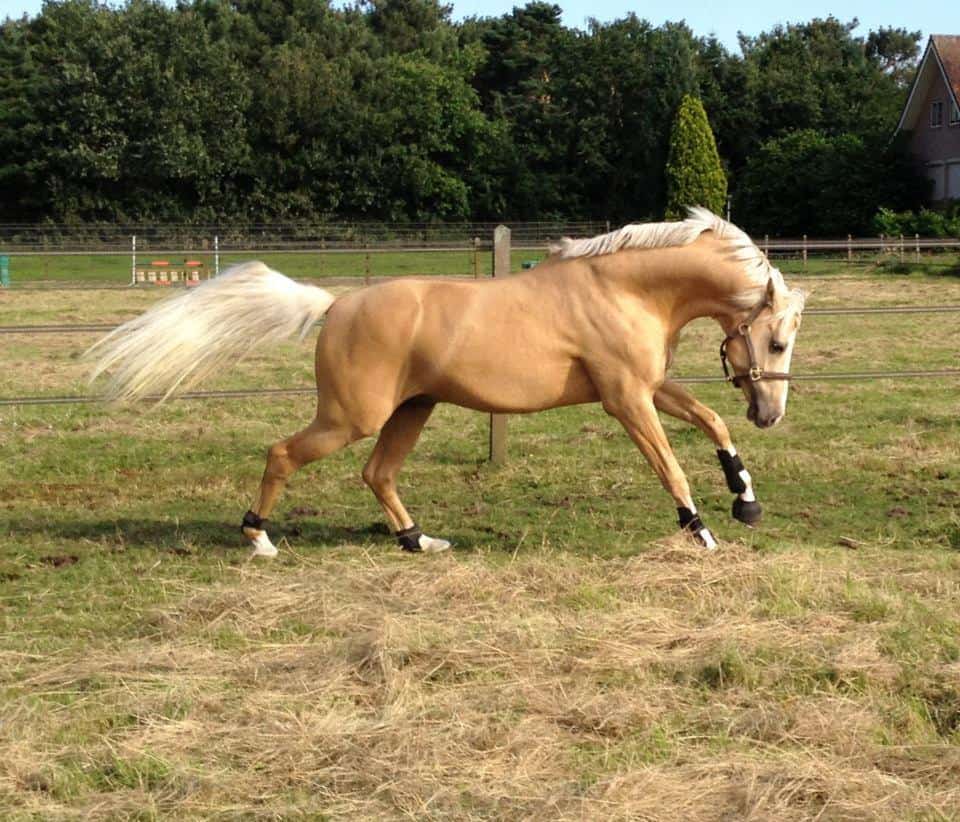
There is also another interesting fact that you need to keep in mind and that is the fact that the look alone of a Palomino may not be the most accurate way of telling whether you’re dealing with a genetical Palomino horse to begin with.
There are horses out there that can be categorized as flaxen chestnuts instead, which are horses that have a really dark red coat alongside a white mane and tail.
You also have champagne or pearl-colored coats which do not fit in the cream gene. This is due to the fact that these were heavily influenced by different dilutions so they simply don’t fit the requirements to be referred to as a Palomino.
This is important to note because if you want to actually register your Palomino horse to a show then you will need to provide the judges with actual DNA results which indicate that your horse has the Palomino gene.
You can go to most any major equine DNA testing lab and request a test to be done, but if you wat to make sure that you’ve got yourself a true Palomino horse then make sure to follow the steps in our next bullet point.
How to Guarantee a Palomino Foal

If you want to guarantee a Palomino foal then you need to realize the fact that there are plenty of other things that you should keep in mind besides the color of the breed. Quality, temperament and confirmation should always be your priority here no matter what.
So, make sure that neither of the horses have any genetic diseases that the baby foal could pick up on afterwards. At the same time, you need to make sure that they don’t have any physical conditions and that they’re both old enough for this to go without any problems.
That’s all fine and good, but how can you actually guarantee the fact that the foal will have the Palomino gene?
We would honestly recommend that you buy a horse that already features the right color, size and confirmation because it’ll be a lot easier than trying to breed your very own Palomino foal.
But if you’re really dead set on breeding your own mare or stallion, then you need to take advantage of one combination which will be sure to result in you getting the results you want from the process.

First and foremost, you need to make sure that one of the parents is a Cremello horse. This is actually a lot easier said than done but it is the only way to go about it.
Second of all, the other parent must be a chestnut horse, if you’ve done this right then you will a hundred and one percent of the time end up with a Palomino foal.
If you don’t actually have one of them be a cremello or a chestnut horse then the chances of you actually getting a Palomino foal out of the exchange are definitely highly dependent on your horse’s color genetic makeup.
So, with all of that being said, you can try your luck with different combinations to get the right color horse breed, although we always recommend just simply taking the time to buy the right foal instead because this will save you a lot of trouble later on down the line.
You should also know that you can’t just breed two Palomino horses and expect to get a Palomino foal that easily. In fact, since the Palomino gene is incomplete, it will often times mix up with other factors and result in a chestnut or a cremello foal instead.
So, again, if you want to make sure that you’re getting the right colored foal, you need to go with a chestnut and a cremello horse and you will get the desired results in no time.
Palomino Horse Care and Characteristics

As mentioned previously, you can easily tell if you’re dealing with a Palomino horse, simply due to their gorgeous gold color and the contrasting white mane and tail that they have. Some are way lighter than others, but at the end of the day they’re all part of the same genome.
Since Palomino horses are not part of the same breed but more so just carry the same color genetics with them, it is actually quite hard to talk about their physicality due to how different each breed can look when placed next to one another.
For example, a Palomino Quarter horse will look nothing like a Palomino American Saddlebred, and let’s not forget the fact that even ponies can have the Palomino horse gene which just makes it all the more difficult to come up with an apt description of what a Palomino horse should be like.

We can however describe them based on their different shades. For example, we have the following:
- Light Palomino Horses – These are born with a very light-colored foal coat and they usually end up growing up to be very dark colored, even darker than most of the other types over here. They also have blue or light-colored eyes and white manes and tails.
- Golden Palomino Horses – These horses are the most popular from our list, due to the strong contrast you can see between their dark yellow coat and the stark white manes they have.
- Chocolate Palomino Horses – Last but not least we have these horses which are known for being dark brown colored with very bright white manes. They can also have darker hairs in their tails and manes which makes them the least popular of the three types here
As far as their general care is concerned, since Palomino horses are usually well-trained purebreds, you shouldn’t have any problems when raising them simply due to the fact that they are very easy to deal with and are very rarely aggressive.
Most of the breeds that can have the Palomino color trait are known for being very easy to train and as such you will never hear of one of them going rampant for no reason.
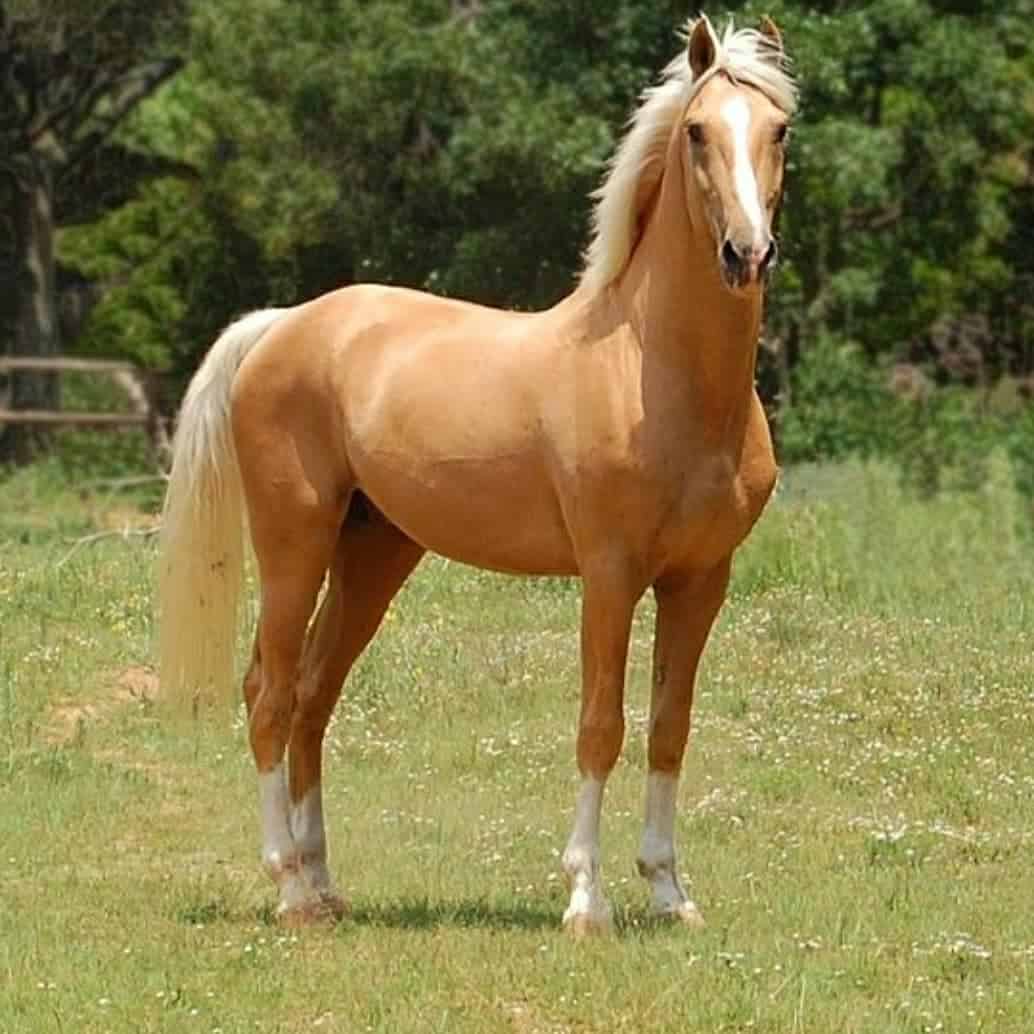
The following breeds can all feature the Palomino horse look:
- The Quarter Horse
- The Paint Horse
- The Appaloosa Horse
- The Morgan Horse
- The Fox Trotter
- The Kentucky Mountain Saddle Horse
- The Lusitano Horse
- The Tennessee Walker
- The Thoroughbred
On the other side of the spectrum, you also have a handful of horse breeds that can never have the Palomino gene added to their genomes. They are the following:
- The Andalusian Horse
- The Lipizzan Horse
- The Arabian Horse (we should mention here that you can get a flaxen chestnut Arabian horse, although you can never get the crème gene to mix in with this breed)
The Palomino Personality
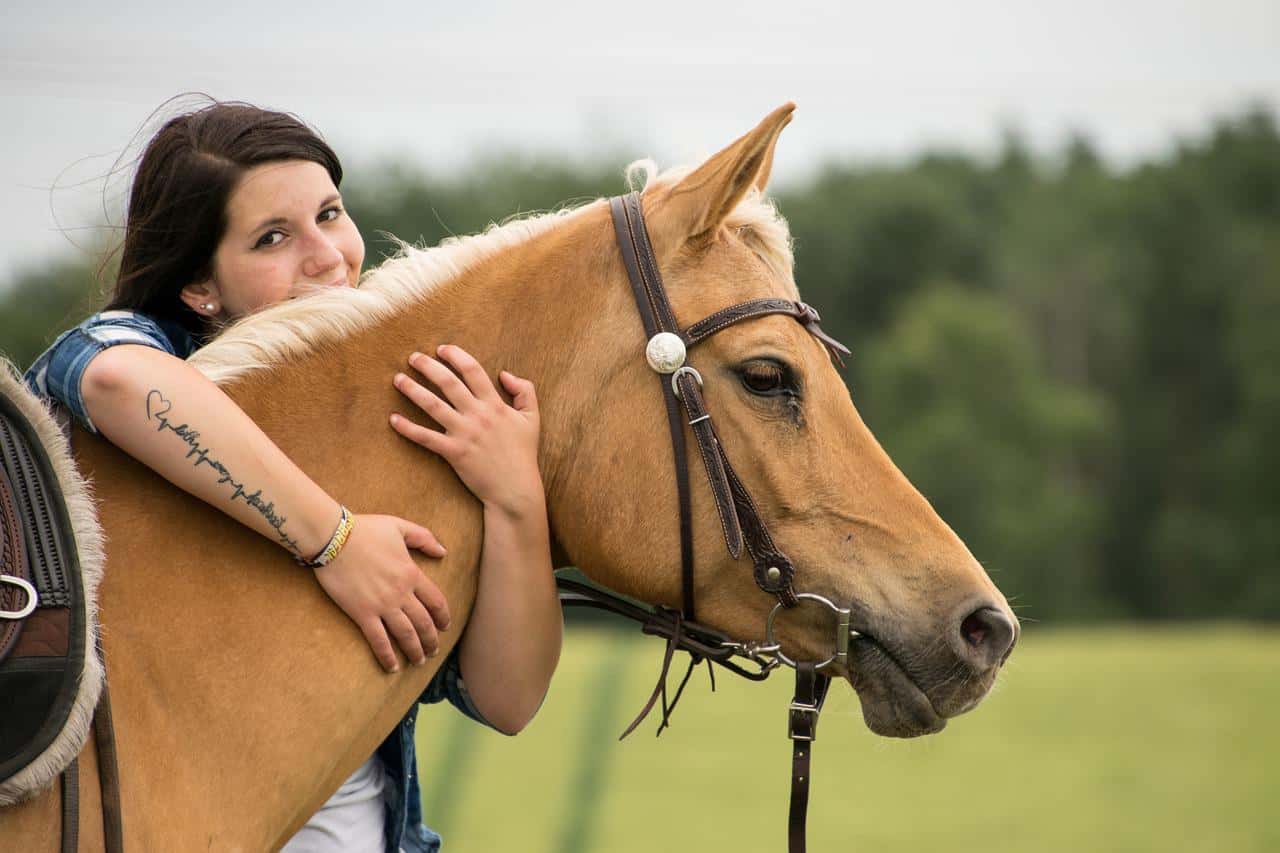
While again, there is no real way to categorize them all since the Palomino title only really refers to their color and not their breed, there are a few traits that we’ve definitely seen in most if not all of the breeds mentioned above.
For starters, most of them are relatively docile and laid back. Quarter Horses are known for being some of the most intelligent and beautiful breeds out there so there’s no way that you will ever have trouble raising or training one with a Palomino color gene.
The Tennessee Walker is also known for being extremely smart and sociable, and we would argue that there aren’t that many breeds out there that can compete with the Thoroughbred when it comes to their willingness to work for you.
For the most part, as long as the surroundings of the Palomino horse are positive and there are no real bad influences on the horse’s behavior there should be no real problems when it comes to its temperament.
This does mean though that if you live in a relatively harsh environment, then the Palomino horse will pick up more than a few bad traits, becoming hostile and aggressive in no time.
But, let’s just say that considering their history, none of these horse breeds should have any real temperament issues that you should worry about.
Palomino Horses Life Expectancy and Health Issues

Most Palomino horses can easily live up to be 30 years old or so, although this varies from horse to horse depending on how well you treated them and how many veterinary checkups you’ve gone through every now and then.
You should know however that there are quite a few diseases that most horses on the list above need to look out for, and they are the following:
Gastric Ulcers
You can expect to find the gastric ulcers around the lining of the horse’s stomach. This disease can cause a lot of pain for the horse, to the point where they can end up unable to run anymore if you don’t take care of the problem.
Keep them away from this problem by simply feeding your horse a proper diet and never skip a meal so they don’t end up lacking any nutrients.
Osteoarthritis
This is also referred to as the degenerative joint disease and it can be avoided by putting your Palomino horse through training every now and then and by letting it cool off after every exercise.
Laminitis
This is essentially the inflammation of the soft tissue inside of the hoof, and as you can tell right off the bat, this disease can affect your horse’s mobility overall. In order to keep this problem as far away from your hose you will need to make sure that your horse doesn’t grow too heavy.
Desmitis
This is the inflammation of your horse’s limbs, and it can be avoided again by having your horse exercise regularly.
Colic
Abdominal aches can also take a toll on your horse’s health. This is a condition that is referred to as colic and it can be treated through analgesics or in more serious cases, surgery.
Fun Facts About Palomino Horses
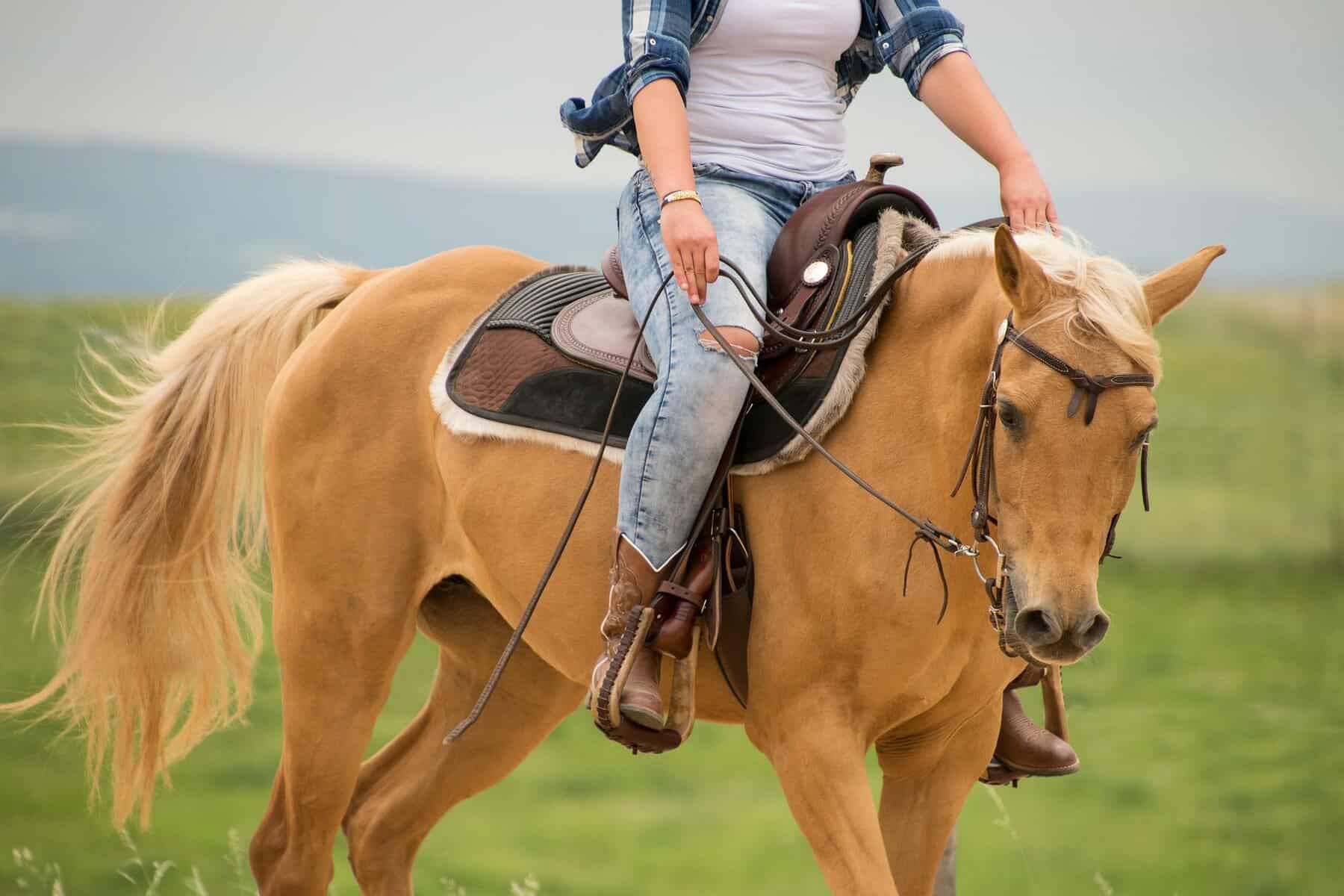
Palomino horses are famous for their stunning gold coat and white mane and tail. Their unique coloring always catch the attention of a crowd at a show and it is easy to see why they are always in such high demand.. Throughout history the Palomino has been revered by various different rulers and leaders that kept horses.
Here are some facts that you may not know about these beauties that you may not have known:
1. They can change color
Palomino horses can change color over time. Diet, sunlight, and water quality can all play a factor in determining a Palomino Horses exact coloring.
For example, high protein grains and hay can dapple the hair in their coat, and a rusty water supply can add a red tint to their white tails. Increased sun exposure can also result in the melanin in their hair becoming damaged which results in the hair becoming bleached and appearing even lighter in summer.
2. They are actually not a breed
A Palomino Horse is a particular coloring of horse and not a specific breed. This golden coloring of horse is typically found in breeds such as Quarter Horses, Thoroughbreds, Tennessee Walking Horses, and Miniature Horses.
Some literature suggests that Palomino horses share certain characteristics but these characteristics are shared by the actual breeds and not by Palomino horses themselves.
3. Palominos were once reserved for royalty
The aesthetic beauty of the golden Palomino horses made them popular with kings, queens, emperors, and rulers throughout history. As a result Palominos were often included in portraits and paintings that were commissioned by the rulers of various different dynasties throughout history,=.
In these pieces of art the Palomino is consistently presented as a proud and regal animal.
4. The Native Americans & Palominos
Legend has it that Queen Isabella of Spain loved the Palomino so much that she sent one stallion and five mares to the what is now known as North America. Supposedly these animals settled in land close to modern day New Mexico and Texas and began to prosper as wild horses as they adapted to new climate and terrain.
As herds of wild horses grew the Native Americans soon realized the benefit in owning horses and began capturing them. When captured they would break in and use them to hunt and go into battle. The Palomino horses among the herds were favored for their beauty and quickly became popular among several different tribes.
5. Recognized Breeds and Characteristics
Although Palaminos are not technically a breed, but they are recognized by some registries as a color breed. In the USA there are two breed registries that represent Palominos. The PHBA only recognize 5 horses with potential to be a Palomino whereas the PHA recognize any horse that meets their definition of Palomino.
It is important to note that most color breeding registries were founded before we had a solid understanding of equine color genetics. As a result categorization is often based on the visible color of the horse instead of genetic data.
6. A Palomino crossed with a Palomino does not Guarantee a Palomino
The gene that is responsible for giving the Palomino its golden color does not automatically guarantee a Palomino foal. This is because the genetic mechanism of Incomplete dominance is responsible for the Palomino coloring. For example if you cross a Palomino with a Palomino you will only get a Palomino 50% of the time.
When crossing a Palomino the best way to obtain a Palomino is to breed a cremello to a chestnut. This will result in a Palomino in 100% of the time.
7. Watch out for impostors!
It is very common for people to mistake other horses with a gold or tan coat for a Palomino. However Palominos have a specific gene combination that gives them their unique color. The fact that their color can change with the seasons as mentioned above makes it even harder to distinguish a Palomino in some cases.
The shade of color considered ideal for a Palomino is the color of a gold coin with a white mane.
Conclusion
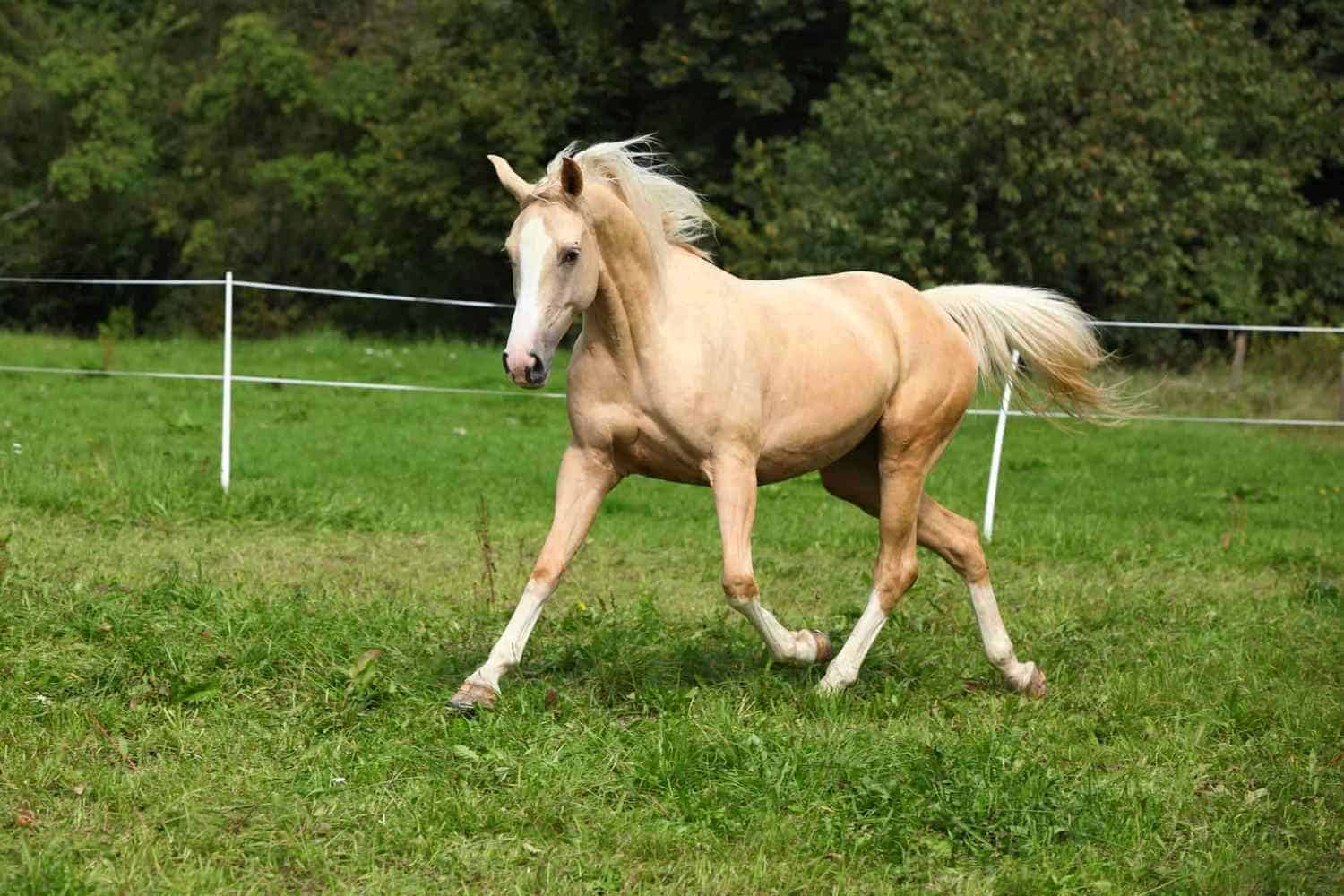
So, if you want to get your hands on a downright beautiful horse then you can always opt for a Palomino horse. While they do have more than a handful of diseases and health problems you’ll need to look out for, they are well worth it at the end simply due to how uniquely colored they are.
Regardless though, we would like to thank you for reading this far and we hope that we managed to help you find the answers that you were looking for with this short guide.

